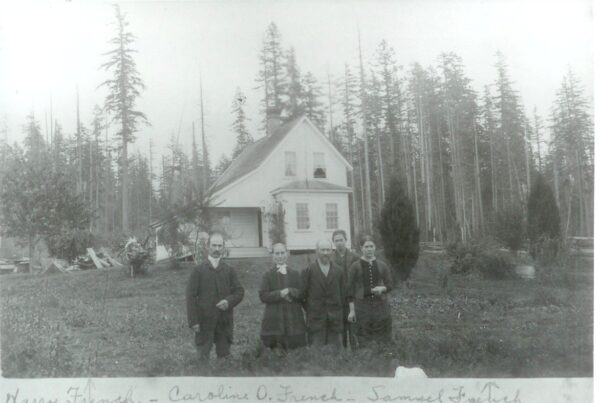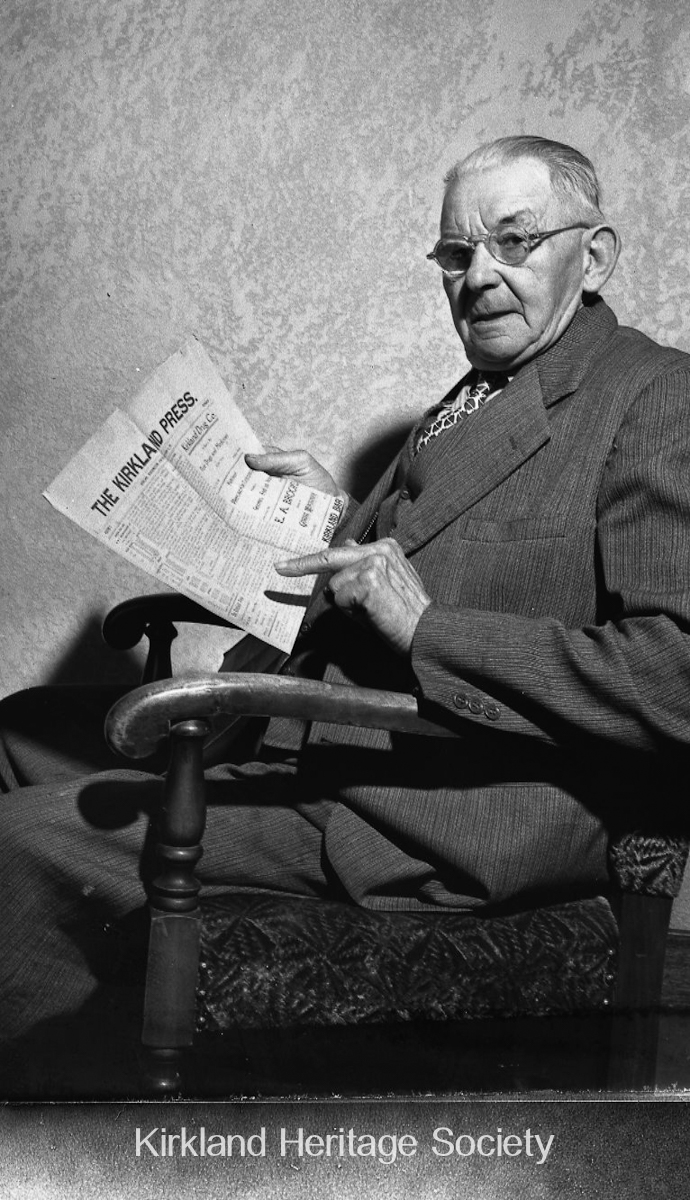 It was big news on June 1, 1888—for the nation, Seattle, and the approximately 200 inhabitants of the Houghton/Kirkland area. The Morning Oregonian was one of many newspapers to spread the word. Seattle was to have a $2million iron and steel works at its back door.
It was big news on June 1, 1888—for the nation, Seattle, and the approximately 200 inhabitants of the Houghton/Kirkland area. The Morning Oregonian was one of many newspapers to spread the word. Seattle was to have a $2million iron and steel works at its back door.
Peter Kirk, the managing director of the Moss Bay Iron and Steel Company of Workington, England, had selected a site on the east side of Lake Washington. His enterprise would employ 3,000 people and attract an additional 10,000 to a new town. Seattle was “jubilant” because it had scored a notable triumph over the Northern Pacific Railway, which had been trying to entice Kirk to Tacoma.
This strategically located company could never fail. The site was close to both the lake and the Seattle, Lake Shore and Eastern Railway and Kirk, the “iron man of great experience and reputation,” had done his homework. He had been in the country for nearly two years and had undertaken a “full and careful examination of all the facts and considerations involved.”
So why did Kirk, a successful steel industrialist and prolific inventor, move to the US, and what attracted him to this area? As the UK iron and steel industry experienced greater competition in the 1880s, Kirk began to look further afield for business opportunities. He had heard about the recent discovery of iron deposits on the Snoqualmie river, about fifty miles east of Seattle, and decided to travel west in 1886.
His timing was right. The area had coalmines, limestone (needed in steel smelting), and promise of excellent transportation links, which would be needed to ship product. Plans were underway to build a canal between Puget Sound and Lake Washington and Seattle was experiencing a railway boom, which could eventually make it the terminus for four transcontinental railways.
Always the shrewd businessman, however, Kirk knew that he had to build his steel mill close to existing transportation links. Tacoma was the best option because it offered a seaport, railroad and access to the Wilkeson-Carbonado Fairfax coal fields. But Leigh S. Hunt, owner of the Seattle Post-Intelligencer, thought otherwise.
Hunt persuaded Kirk to select a 2000 acre townsite by Lake Washington instead, which he was free to call Kirkland. If the venture failed, their land company could still be profitable by selling off the townsite’s real estate. Hunt’s real trump card was the 1887 Alien Act, which prohibited non-U.S. citizens from buying land. The choice was simple. Kirk could either delay his venture until he became a U.S. citizen, or he could buy land now through a corporate business structure and declare his intent to become a citizen.
Kirk was anxious to proceed and so jointly filed the Articles of Incorporation for the Kirkland Land and Improvement Company with Hunt, and four other American owners, in September 1888. Shortly afterwards, the Moss Bay Iron & Steel Works of America was incorporated, and reorganized as the Great Western Iron & Steel Works of America in 1890.
But Kirk’s grand vision of a “Pittsburgh of the West” was not to be. Kirkland never had its steel mill, and its population totaled only 350 people in 1892. Although there were accusations that the investors had tried to profit from land deals, it is likely that the real causes for failure included the lack of a canal, no railway to the iron mines, and the 1893 nationwide financial panic. As one observer commented: “Peter Kirk accomplished a big thing, though it was not the thing he intended.”
By Irene Vlitos-Rowe
Sources: Kirkland Heritage Society; Preliminary Guide to the Myrtle Cecelia Robertson Typescripts 1981 & Preliminary Guide to the Peter Kirk Papers 1884-1916, Special Collections, UW Libraries; Morning Oregonian; Yarrow, A Place, Jeanne I. Whiting; Our Foundering Fathers, Arline Ely; Alan Stein.
A version of this article appeared in the Kirkland Reporter on August 27, 2008



